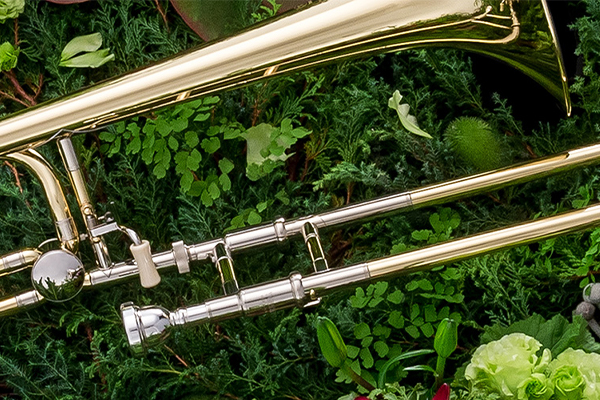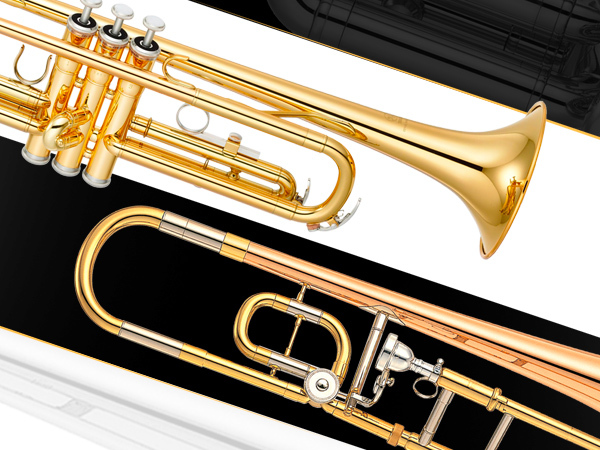The Importance of Trumpet Valve Alignment
It can make the difference between a good instrument and a great one.
If you want a trumpet that plays well, you need to pay attention to valve alignment. In fact, proper alignment can be the difference between a good instrument and a great one! Misaligned valves can slow the instrument’s response, cause an unevenness of timbre, and create variable resistance for each of the valve combinations. When the valves are lined up properly, the player does not need to compensate for the inefficiencies of the instrument, which means greater ease of control and improved playability.
To illustrate how critical accurate valve alignment is, consider the effect of even small changes along the bore of an instrument. For example, opening the throat of a trumpet mouthpiece one size larger is a change of approximately .002″, and playing a medium large bore (.459″) trumpet as opposed to a large bore (.462″) trumpet is a difference of only .003″. Valves, however may be misaligned by as much as .015″ to .080″! Considering that each valve has six ports, three valves combined provide eighteen possibilities for significant misalignment, which has a tremendous effect on the playability of the instrument.
In all brass instruments, this refers to correctly setting the position of each valve in both the up and down position so as to align the ports in both the valve casing and corresponding valve port. Each valve assembly consist of the finger button, top cap, valve stem, spring barrel (top of valve), valve guide, and the valve/piston body itself. Alignment depends in part on the accuracy of the manufacturing of these components: When any one of these parts is not made to the exact dimensions required, both the up and down positions can be misaligned.
Another factor is the choice of bumper materials, felt and rubber being the most commonly used. Rubber bumper materials are stable and resist compression. Low-quality felt is generally less stable than rubber. The thickness of a single batch of this kind of felt can vary up to .020″; when used in valves, this variance can seriously affect their alignment. Additionally, over time, low-quality felt washers will compress with constant use, moisture, and oil. As the thickness of this felt changes, the player is forced to adjust to the ever-changing valve alignment.
Yamaha trumpets incorporate two different materials that have been developed to achieve optimum results. From a student Yamaha trumpet to the professional Xeno line, a high-quality felt material is used that is consistent in thickness. In all Artist Model trumpets, a special synthetic pad has been developed that is unaffected by compression, moisture, and/or oil. Using this extremely stable synthetic pad ensures precise valve alignment that will endure for many years before any replacement is required. Yamaha synthetic pads also contribute to a quicker response and increased harmonic depth through less dampening of the energy used to create the sound.
| Yamaha Valve Felt Adjustment Pads | Yamaha Synthetic Valve Adjustment Pads | ||
|---|---|---|---|
| Top Cap | Valve Stem | Top Cap | Valve Stem |
| A1641050 | A0141060 | A7V41050 | A7V41060 |
Whether your Yamaha trumpet uses felt or synthetic pads, you can expect to experience a faster response, greater evenness of timbre and resistance, and better efficiency of sound production. With the valves properly aligned, players can produce a full sound with less effort; at the same time, technique can be improved because of the quickened response from note to note. Instead of being an obstacle, your instrument can now assist you in creating music.
For more information, check out our four-part blog series “Guide to Brass Mouthpieces”:
Part 1: Choosing the Right Mouthpiece
Click here for more information about Yamaha trumpets.
















